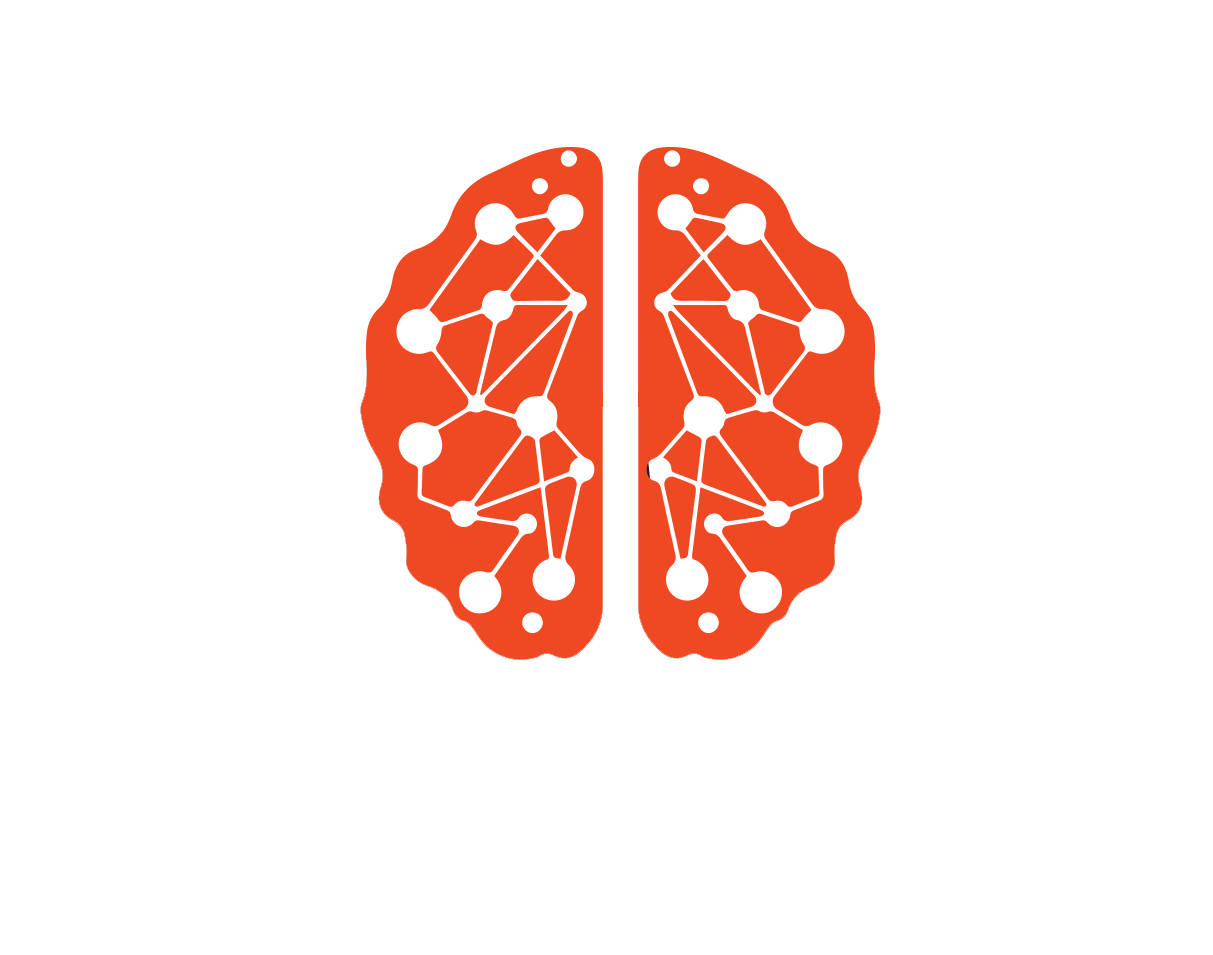Ongoing Research Questions
What role do neuronal ensembles play in self-administration versus extinction?
Extinction is a type of learning that involves the loss of a previously learned behavior. For example, rats can learn press a lever to earn a drug reward. When the drug reward is withheld, rats will gradually stop pressing the lever because they learn that lever presses no longer earn drug rewards. We call this extinction learning. Scientific studies have found that the ventral medial prefrontal cortex (vmPFC), nucleus accumbens shell (Nacc Shell), Nucleus accumbens core (Nacc Core) and basolateral amygdala (BLA) are critical for extinction learning. Most of these studies relied on techniques that acted on a majority of cells, or cell types in each brain area. However, most memories are complex and unlikely to be stored by changes that occur across whole brain areas. Instead, memories are thought to be stored in patterns of nerve cells scattered throughout the brain region. These patterns of activated nerve cells are called neuronal ensembles. Despite years of behavioral research examining the pathways of connected nerve cells involved in extinction, researchers have not addressed the role of neuronal ensembles in extinction of behaviors such as lever pressing for drugs, like cocaine, because the necessary technologies did not exist until recently. A better understanding of extinction learning may help leverage this form of learning to decrease drug taking in human addicts, thereby saving lives and lowering addiction's burden on society as a whole.
Do distinct neuronal ensembles encode natural versus drug memories?
Learned associations between cues and rewards play a major role in drug addiction. Different cues can become associated with the stimuli properties of different rewards such as cocaine and food. These separate learned association are thought to be encoded by functionally distinct patterns of sparsely distributed neurons called ‘neuronal ensembles’. We previously demonstrated that neuronal ensembles in the ventromedial prefrontal cortex (vmPFC) mediate both food and cocaine seeking. However, it is currently unknown whether the neuronal ensembles mediating food-seeking are distinct from those mediating cocaine-seeking.
How are neuronal ensembles selected and recruited upon first drug exposure?
Neuronal ensembles are thought to be selected by synchronous activation of neurons by cues and reinforcers. However, little is known about how these ensembles are selected, maintained over time, and reactivated later to drive behavior. This line of research explores how neuronal ensembles encoding drug self-administration memories form.


